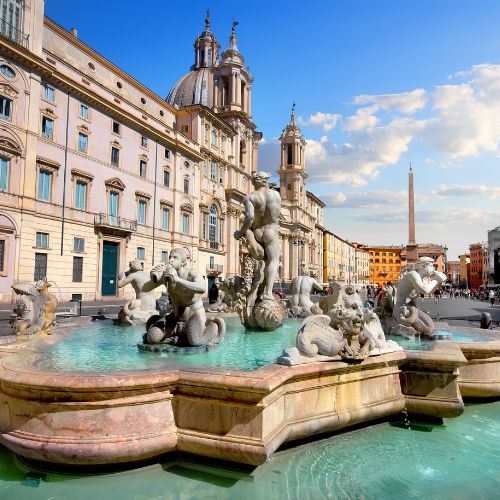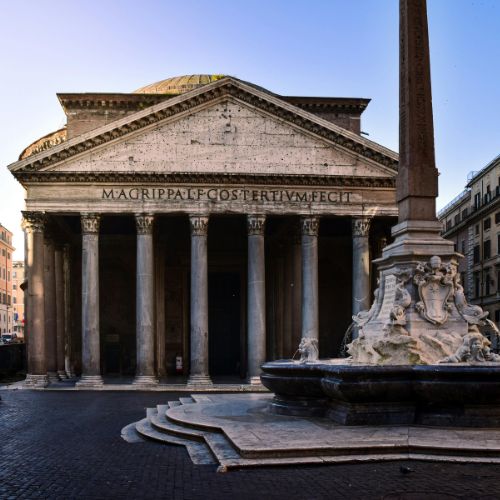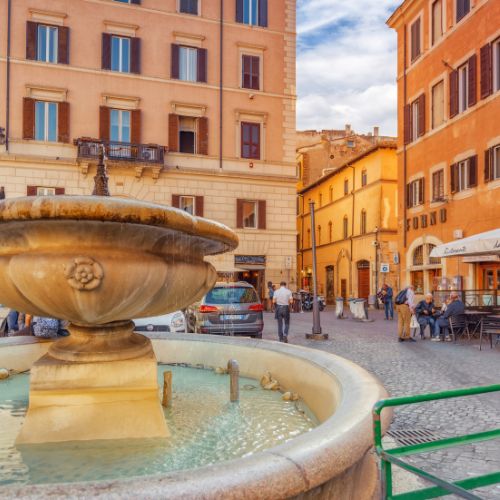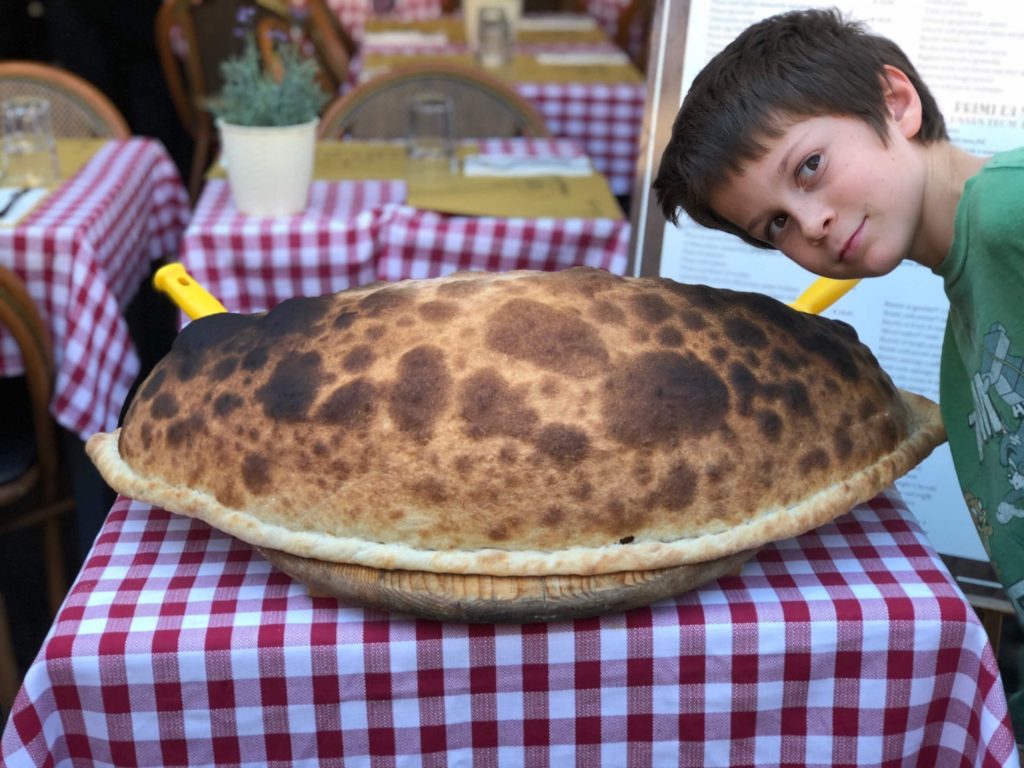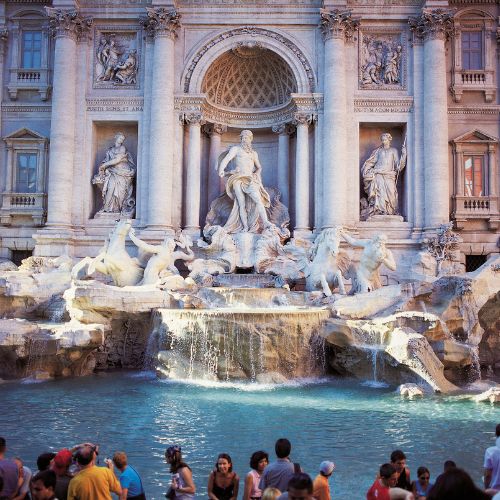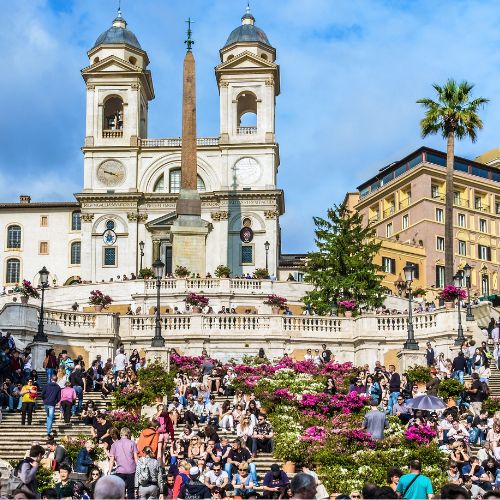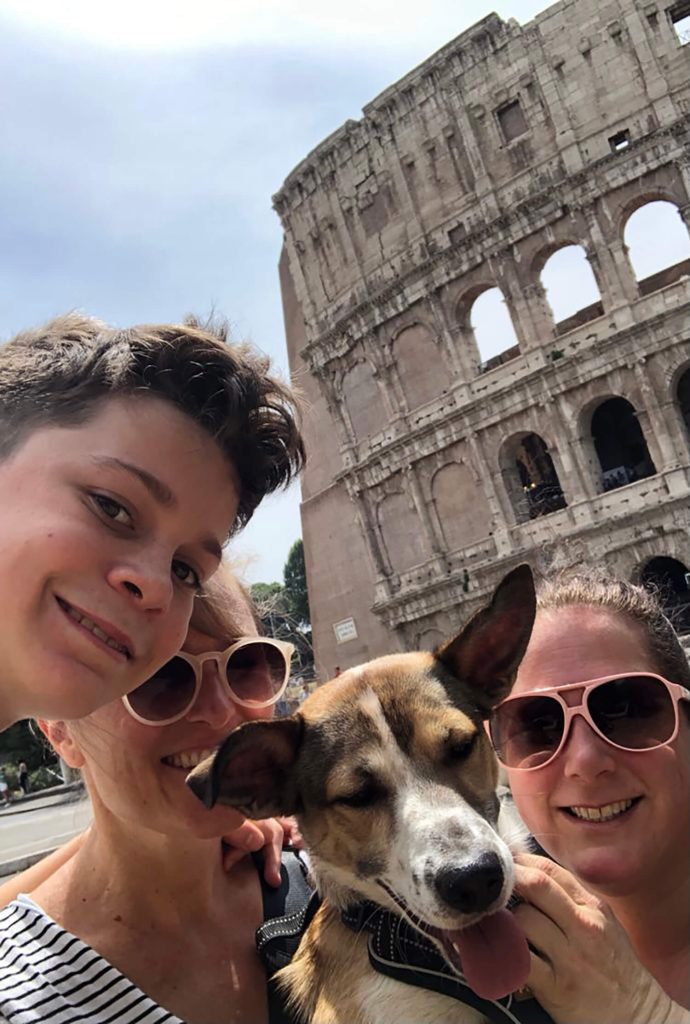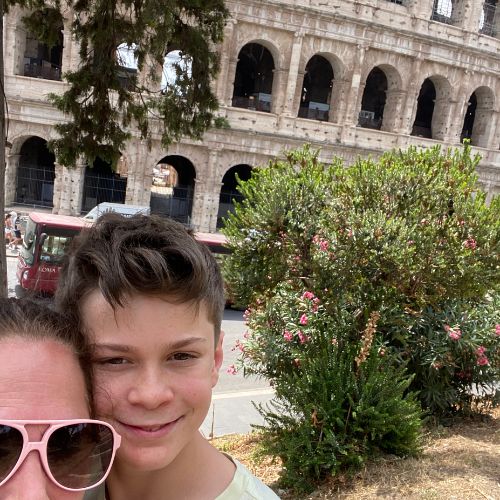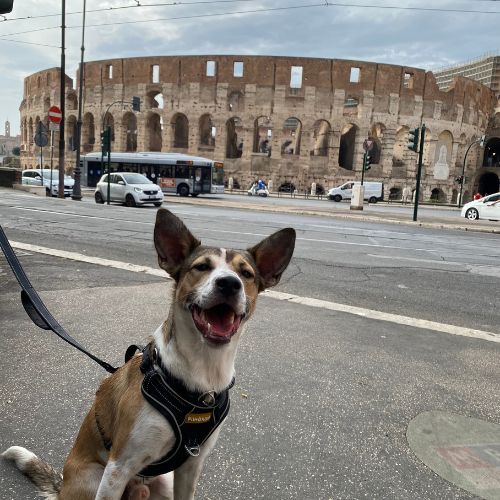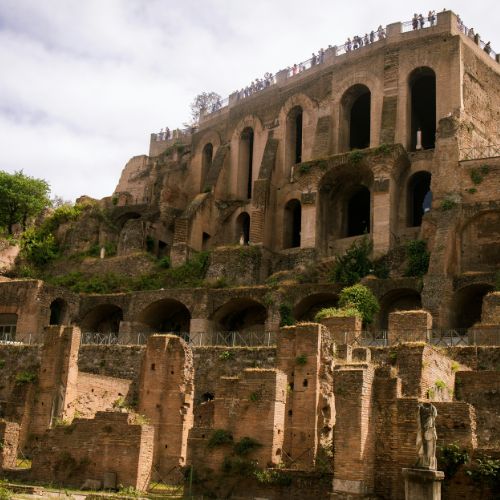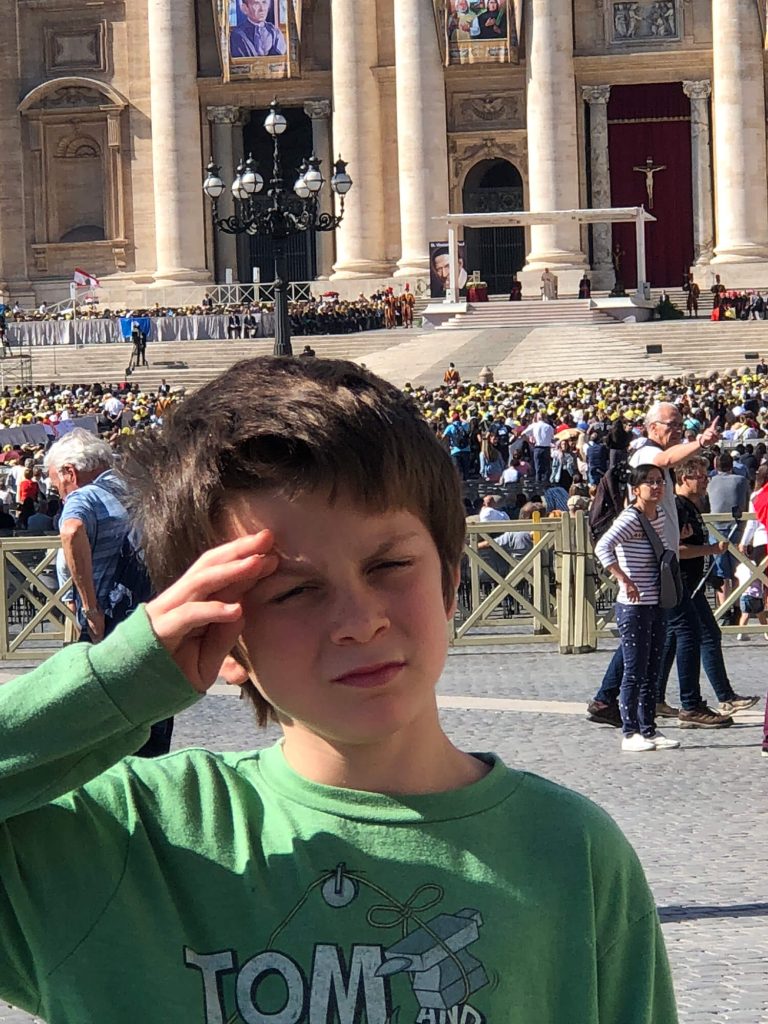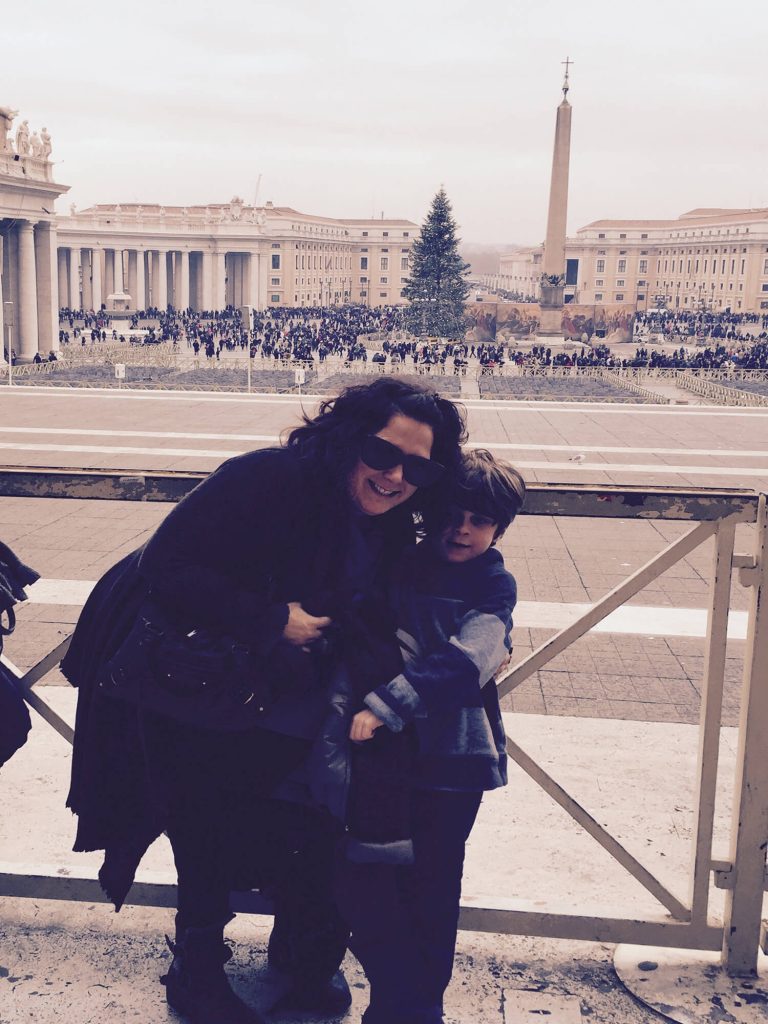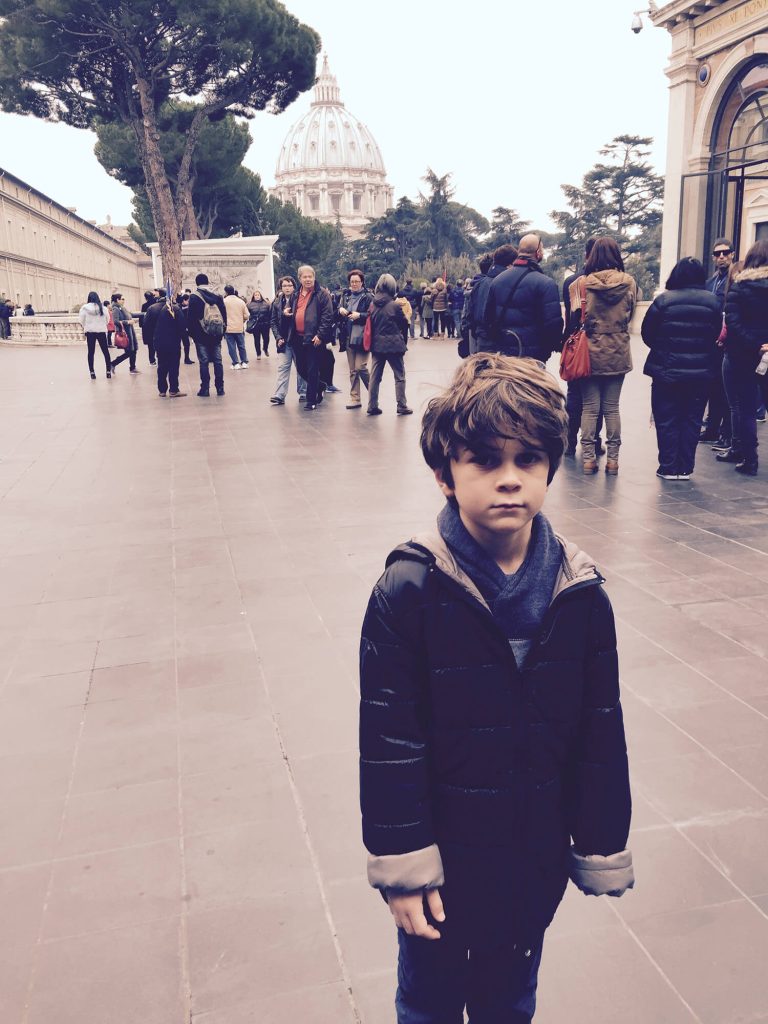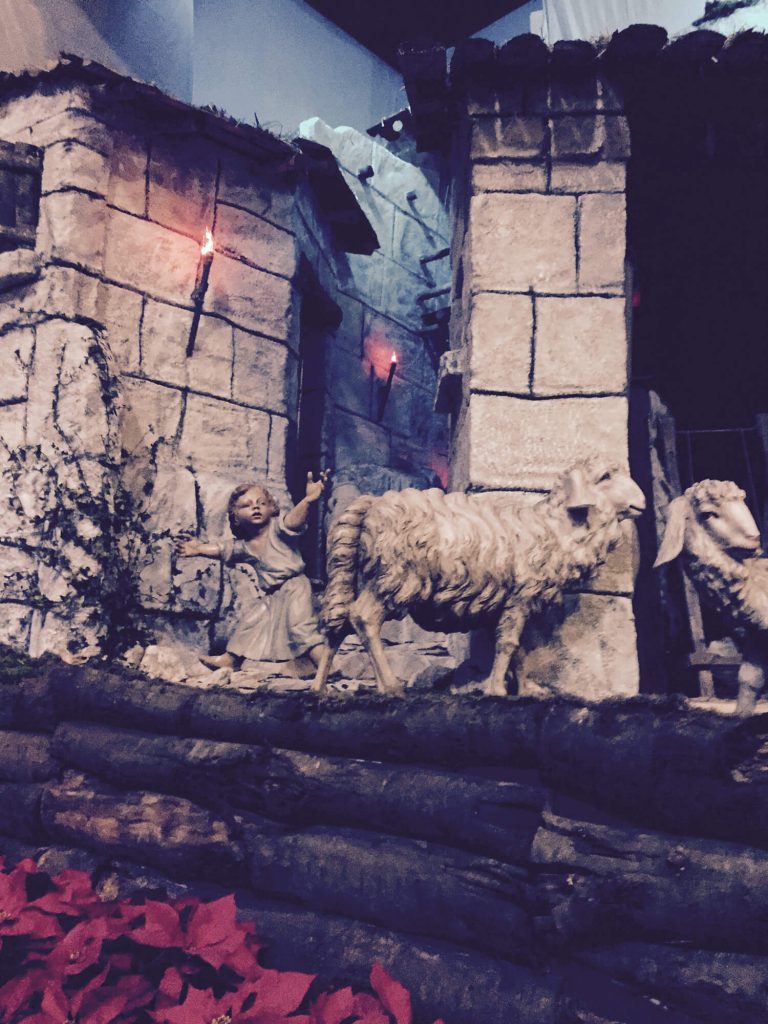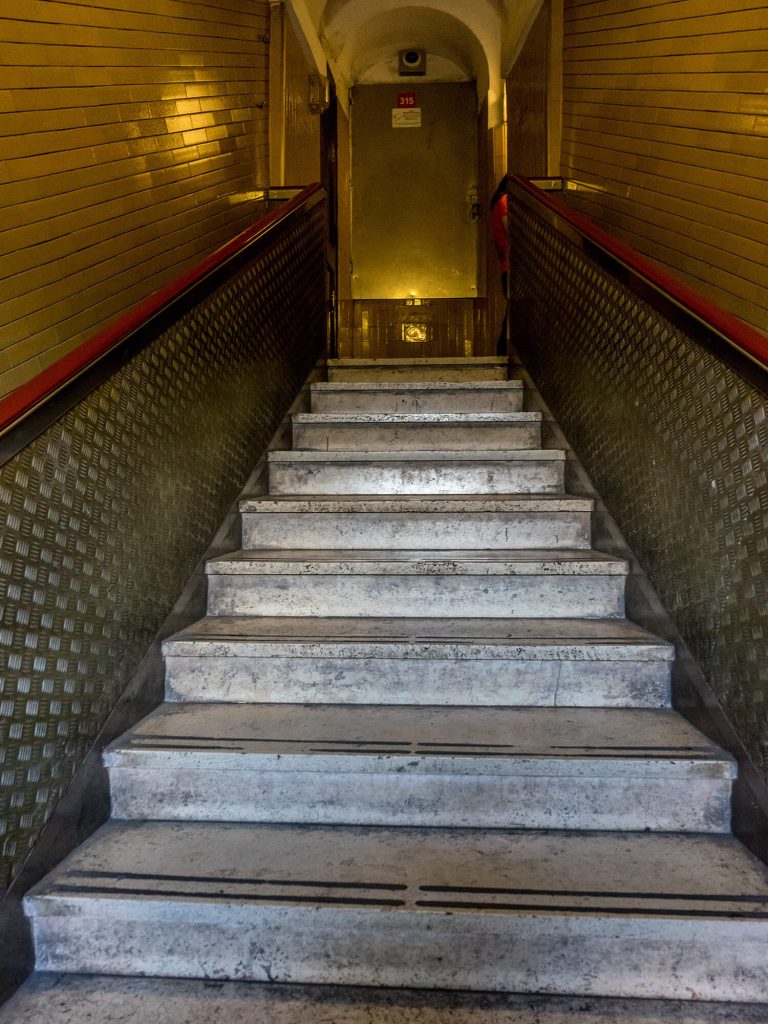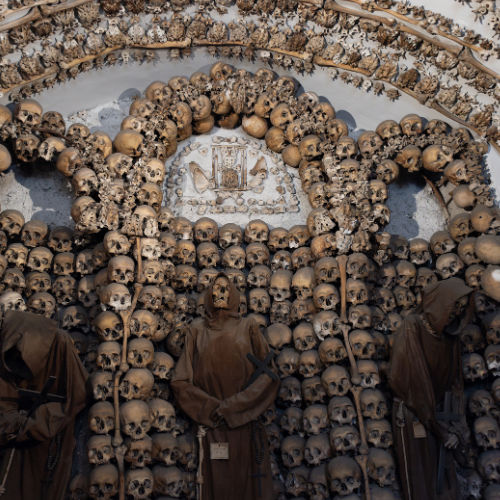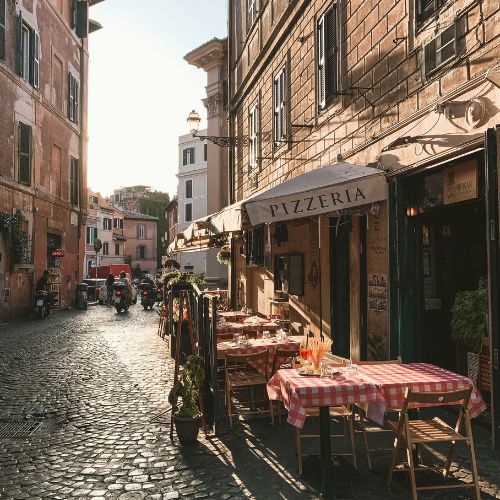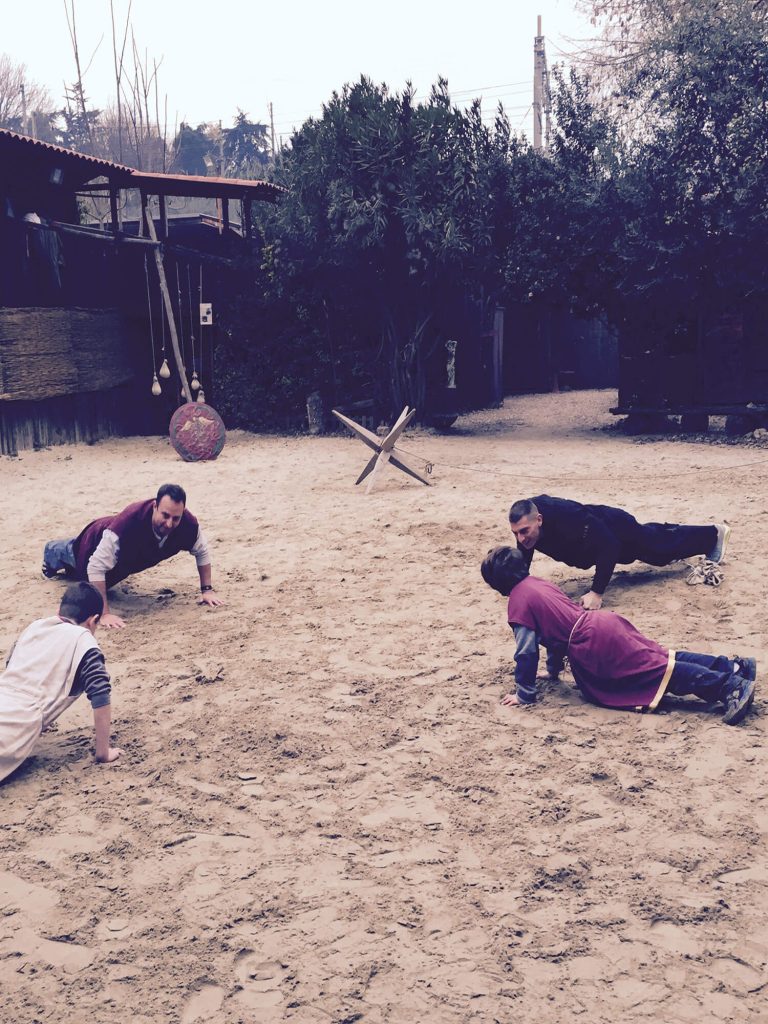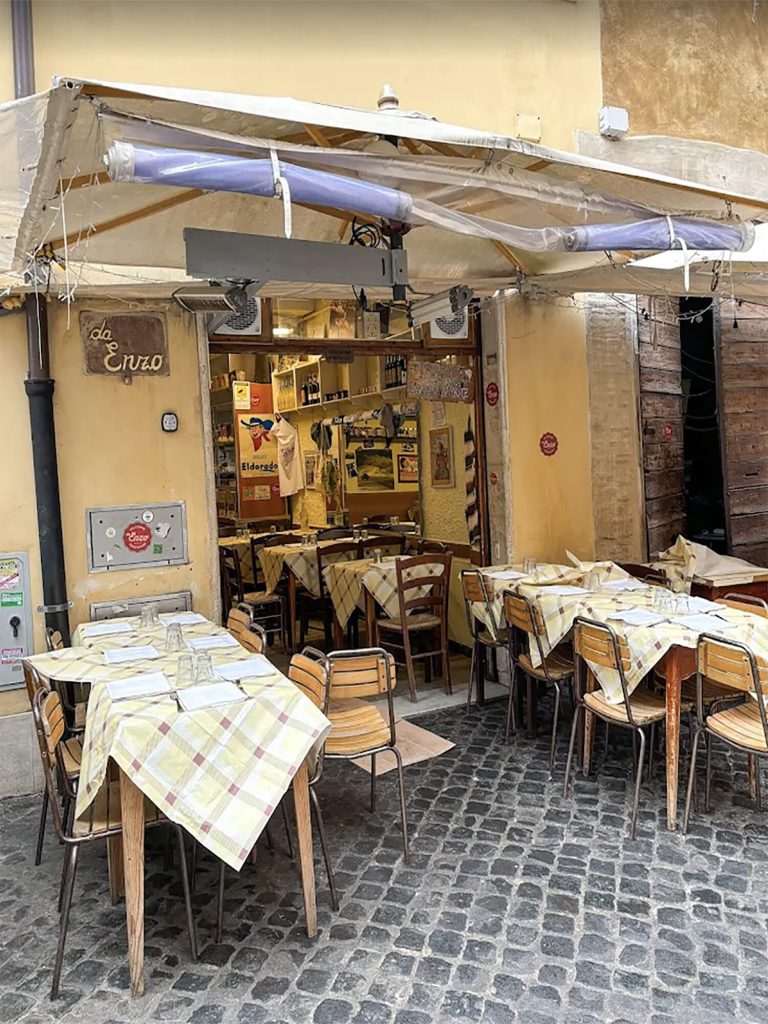Rome Travel Guide
Our favorite places, neighborhoods and easy ways to explore the city
Our first trip to Rome was supposed to be a quick stop, but it set the bar for every city after. We’ve returned many times, drawn to the same mix of noise, beauty and pasta that never gets old. One day you’re climbing the Colosseum, the next you’re lost in Trastevere with gelato dripping down your hand. That’s the thing about Rome. It always feels like the first time.
The Historic Heart of Rome
We always end up in the same general area. Piazza Navona is busy, but it works for a coffee before the day gets going. The fountains are impressive. The people watching is better. From there it is a short walk to the Pantheon. It is one of those buildings that never looks real until you are standing in front of it. Inside, the oculus is the only source of light and it changes the whole room.
Campo de Fiori is our favorite place in Rome. The vendors are loud, the food stalls smell like bread and it is the kind of market where you stop for things you do not need. If you walk through later in the day it is mostly crowds. But there are so many good restaurants in the piazza.
Trevi Fountain is nice once. We have stopped by more times than we planned. It is better at night when most people have left.
The Spanish Steps are definitely worth the visit. But you will get a fine now for sitting on them.
The Colosseum and Ancient Rome
Staying near the Colosseum meant walking past it early in the morning before the tour groups showed up. It is quieter then and easier to take in. We have done the underground tour, and it gives a different feel to the space. The tunnels are cooler and a little more serious. From there the Forum and Palatine Hill are right next door. It is a lot of walking but you see the scale of everything better if you take your time.
The Vatican
The Vatican Museums are long, crowded and still worth doing. Getting a front of line tour is a must, or you will stand in line for hours. The map room and the tapestries were the things Dylan talked about the most. The Sistine Chapel is always full, but it is still impressive when you finally get to it. St Peter’s Basilica is massive and detailed everywhere you look. The climb to the top is tight and steep. The view is the reward. One visit lined up with a public appearance from the Pope, which was not planned, but Rome is like that. Things just happen.
The Capuchin Crypt
The Capuchin Crypt is a quick stop near Piazza Barberini. Rooms decorated with bones sounds dramatic, but it is smaller and quieter than you expect. It is unusual, but it is worth seeing once, especially if you want something different from the standard museum lineup.
Trastevere
Trastevere works well at night. We have walked around with gelato more times than I can count. The streets are narrow, uneven, and packed with restaurants. It feels relaxed without being dull. It also works well for families because you can wander without planning anything. If you want dinner outside without thinking too hard about where to go, this neighborhood makes it easy.
Monti
Monti became one of our favorite areas after we stumbled into it. It is close to the Colosseum but feels separate. Small shops, vintage stores, and places to sit with a drink. Piazza della Madonna dei Monti is the center of it, and the people watching is good enough that you end up staying longer than planned. You can find our Rome hotel recommendations near Monti in our Where to Stay in Rome guide.
Family Experiences
We tried a Questo scavenger hunt on one trip. It turned out to be a good way to walk the city without hearing anyone complain about walking the city. Dylan got competitive, which made it more fun.
The Gladiator School surprised all of us. It sounds like a tourist trap, but it is part history lesson and part workout. You leave tired and laughing.
Drinking Fountains Around the City
Rome has public drinking fountains everywhere, called nasoni. The water is cold and safe to drink and it is the easiest way to refill your bottle during the day. Most fountains run constantly, but if you want to drink directly from the stream, cover the lower spout with your hand and the water will arc upward. It feels odd the first time, but it works.
What We Ate
You can find our full list of favorites in Where to Eat in Rome, but a few deserve mention. Da Enzo Al 29 near Campo de’ Fiori is one of those spots you can return to again and again for perfect Roman pasta – cacio e pepe, carbonara or amatriciana. Rome is also known for suppli, fried rice balls stuffed with mozzarella, and we learned quickly that the simplest food is usually the best.
Where We Stayed
We’ve stayed in all kinds of places in Rome. On one visit, we were in an Airbnb near the Colosseum with a small park just outside the door. Another time, we stayed at Hotel Hassler above the Spanish Steps, one of Rome’s most classic hotels with panoramic views of the city. You can find more options in our Where to Stay in Rome guide, which includes boutique hotels, palazzi-style apartments and family stays.
We’ve stayed all over Rome and different areas work for different trips. If you want a classic view, the Spanish Steps area is perfect. For easy restaurants, Trastevere and Monti work well. You can find our full list in Where to Stay in Rome.
Know Before You Go
When to Visit: Spring and fall are ideal for sightseeing and outdoor dining. Summer is hot and winter is quieter but beautiful around Christmas.
How to Get Around: Walk as much as you can. Rome’s best moments are between the landmarks. Use taxis or the Metro for longer distances.
What to Book Ahead: Colosseum, Vatican Museums and Borghese Gallery. Tickets sell out early.
What to Pack: Comfortable shoes, modest clothing for churches, a refillable bottle for the city’s free fountains and a light scarf for layering.
Planning More Italian Travel
Want to keep exploring? Check out more of our Italy favorites:
Florence, Italy – Art, gelato and easy day trips through Tuscany.
Venice, Italy – Canals, cicchetti and the beauty of getting lost.
Lake Garda, Italy – Lakeside towns, swimming and slow travel by the water.

